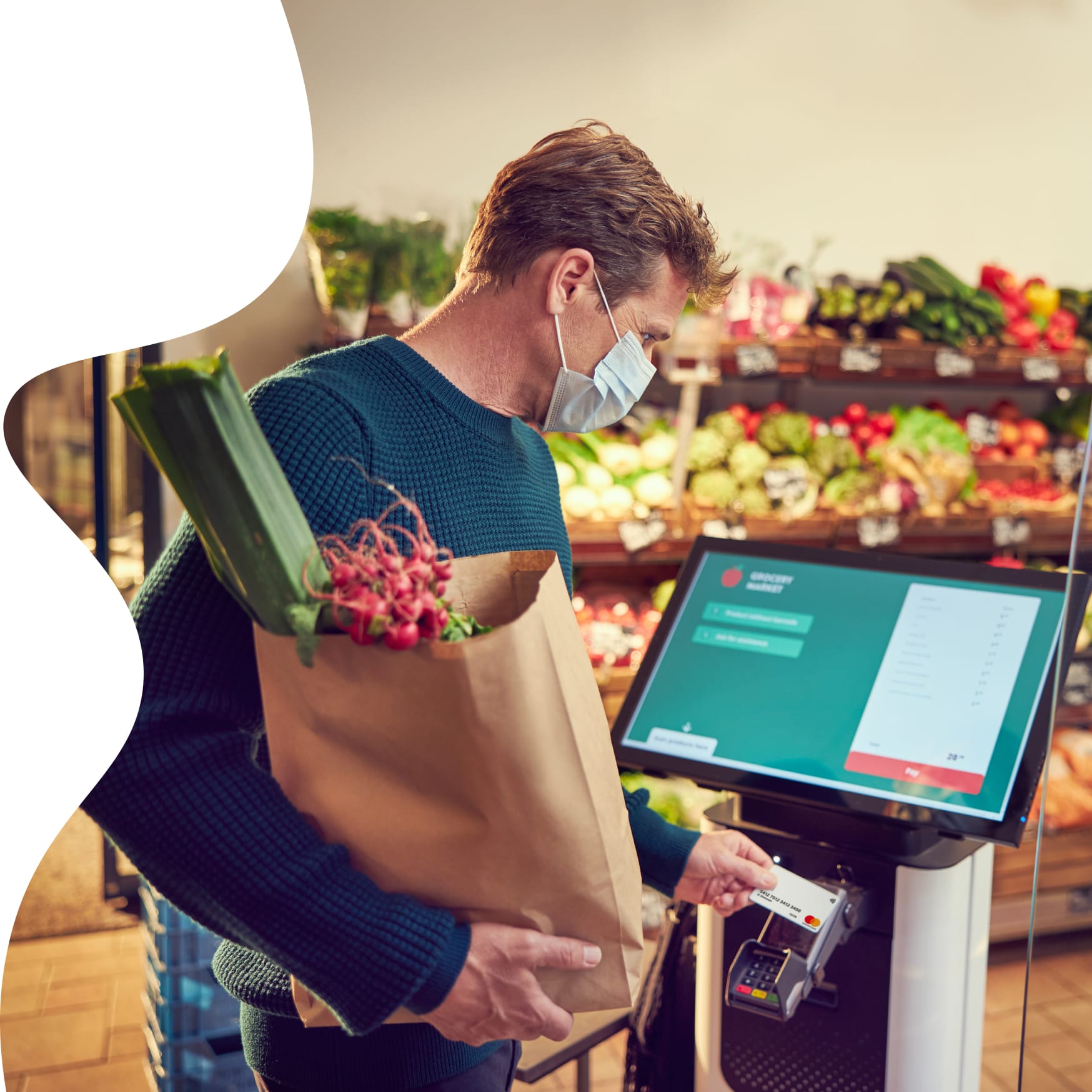
Over the centuries, pandemics have accelerated changes in human behavior. The Black Death dealt a heavy blow to the feudal system and raised labor wages. The Boston Smallpox Epidemic gave rise to the free press. And SARS propelled online shopping into the mainstream. The long-term impact of the coronavirus remains to be seen, but already it’s been a catalyst for change.
Initially, of course, it’s dealt a heavy blow to commerce. With shops shut, restaurants empty, and highstreets deserted, spending around the world plummeted and no country was immune. Very few businesses have passed unscathed through the upheaval of the pandemic, but those with the ability to react fast have been more resilient.
A critical survival factor during pandemic peaks was the ability to pivot to selling online. For many, however, ecommerce was an afterthought or an item halfway down an already long to-do list. And it’s amongst these businesses we’ve seen the worst casualties. But businesses with a strong online offering have fared much better.
For example, CEBR used the United Nations Conference on Trade and Development (UNCTAD) Index to measure the online-readiness across Europe. And it found that a five-point increase on the index (i.e.: online-readiness) correlated with 2.6% better retail sector performance during the pandemic. You can explore the correlation between online-readiness and the impact of the pandemic on retail sales in the visualization below.
Online readiness vs impact of pandemic on retail sales
Increased resilience with unified commerce
The businesses that consistently perform the best are those that can combine their physical and digital worlds to create a fluid, channel-agnostic experience which prioritizes the customer. This is unified commerce. And our data has revealed it to be a critical success driver. It helped to stabilize sales during the pandemic by offsetting lost in-store transactions with an increase in ecommerce. And the more channels your shoppers use, the higher their value to you.
Data from the Adyen payments platform
of unified commerce retailers saw transactions remain consistent during the pandemic*
*Approximate figure which comes from the analysis of anonymized data from Adyen’s global payment platform comparing unified commerce performance in Q1 2019 with Q1 2020.
more was spent by in-store shoppers when they moved online during the pandemic
Want to explore how unified commerce can help your business?
“Our previous investment in our pre-order app has paid off during the pandemic. We could enable contactless orders thereby protecting our employees and customers. We were one of the only UK chains to remain open, going from 10% to 100% digital sales since we were limited to take-away only. We can conclude that the pandemic helped to accelerate adoption of the app, which in turn accelerated our digital transformation.”
Thomas Evald ~ VP Strategy & Business Development , Joe & The Juice
Harnessing sales channels for a unified customer experience
The surge of ecommerce during peak pandemic periods has been well reported. Even the technically-timid late adopters have joined the party. And with the prevalence of one-click payment options, ecommerce newbies need only enter their card and address details once to unlock the joys of hassle-free online shopping. It’s worth noting, however, that ecommerce is still predominantly the realm of the under-36s.
A growing enthusiasm for ecommerce doesn’t lessen the demand for physical experiences. In fact, the majority of consumers across age groups said they’re looking forward to shopping in store again. And more than one-third plan to eat at their favorite restaurants now that they are open. The magic lies in harnessing the best of both worlds to deliver a unified customer experience. So they can enjoy the speed and convenience of ecommerce, coupled with the pleasure of visiting a beautifully presented store. They can sit in a cafe and watch the world go by while their groceries are delivered to their door.
“We’ve taken a very brick and mortar company and transformed it into a digital business. Everything’s made to order, which inevitably made us slower than other brands. But using technology such as our pre-order app removes the waiting time. You can customize the order, you can get it warm and fresh, and you don’t have to wait. Digital has enabled us to connect the best of both worlds to create an even better product.”
Thomas Evald ~ VP Strategy & Business Development , Joe & The Juice
Regional spotlight: Online shoppers and in-store lovers
Of all consumers surveyed, Polish and Brazilian shoppers were the most committed to ecommerce. 44% of Poles said they’re more likely to stick to online channels following the pandemic (compared to 36% globally) and 34% will use subscription services (compared to 23% overall). In Brazil, the pandemic drove half of respondents online (compared to 33% globally), causing 63% of them to use takeaway apps (vs 33% globally). And 36% of Brazilians plan to use subscription services to avoid shopping in store (compared to 23% globally).
On the other hand, the French, Danish, and Germans were less persuaded by online shopping. Compared to a global average of 33%, just 24% of French and 22% of Danish said they shopped more online during the pandemic. Only 22% of Germans said they would shop more online following the pandemic, compared to 37% globally. And, although 29% of global respondents said they were less likely to shop in store because of the positive experience of shopping online, this was only the case for 19% of Danes.
Both the French and Danish show a strong preference for the physical dining experience. 40% of Danes said they will be eating out at their favorite restaurants now they’re open (8% above the European average). And just 21% of French diners turned to takeaway apps during the pandemic (compared to 31% globally).
APAC respondents are particularly dedicated to the in-store experience. 72% of Australians and 66% of Hong Kongers said they prefer to shop in a physical store (compared to 58% globally). And 63% of Australians, 72% of Hong Kongers, and 72% of Singaporeans said they’re looking forward to shopping in store for pleasure again (compared to 55% globally).
% that will shop online more than they did before the pandemic
% that look forward to shopping for pleasure again
Global
36%
55%
Europe
31%
52%
APAC
42%
68%
US
41%
58%
Brazil
62%
50%




